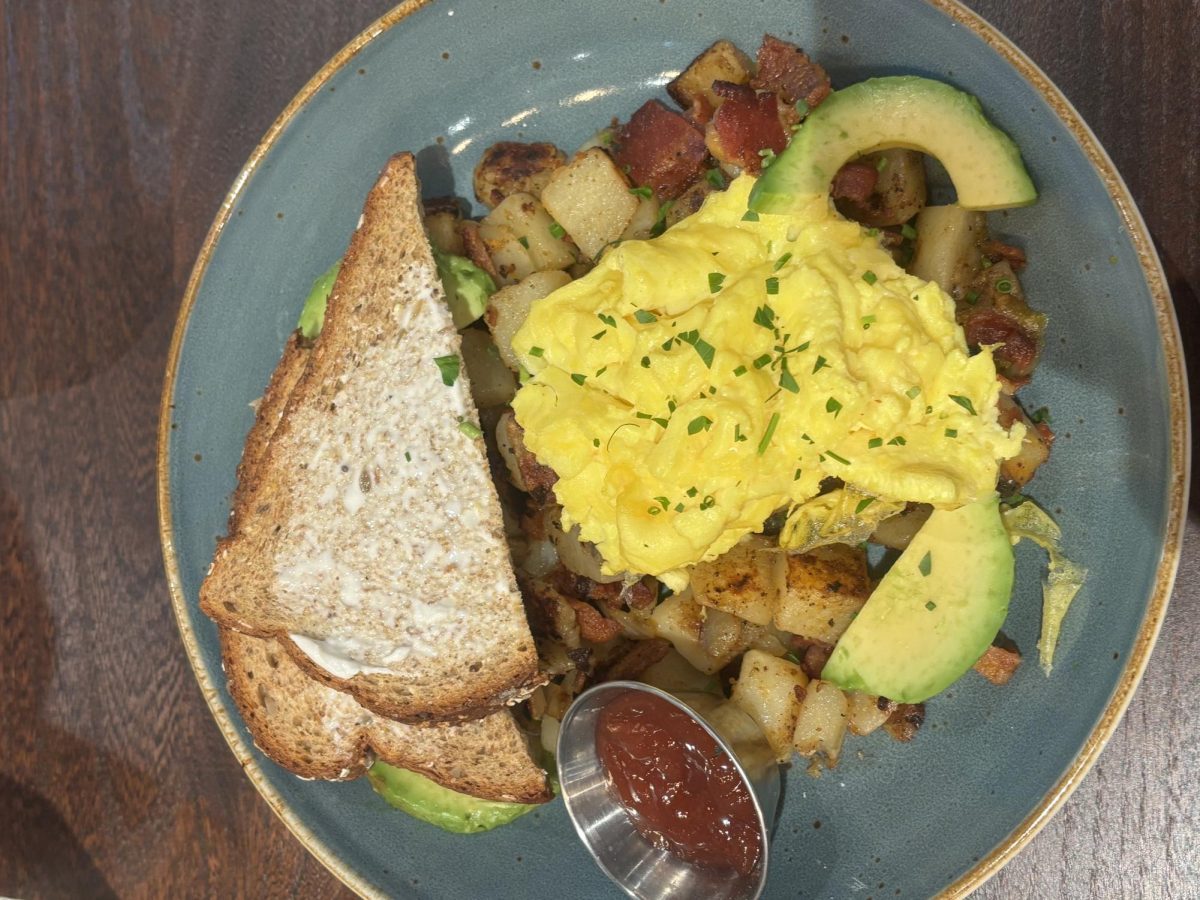Every Oak Park and River Forest High School versus Fenwick High School sporting event can be defined by one familiar chant from the orange and blue student section: “Daddy’s money.” OPRF students judge Fenwick for its wealthy elitism and exclusivity, while Fenwick students bash OPRF for its lack thereof.
This competition between private and public education is mirrored by crosstown rivalries all across the country, and it became especially controversial during the COVID-19 shutdown.
In fact, according to the National Center for Education Statistics (NCES), public school enrollment faced a historic decline of 2.7% amidst the pandemic, while private schools saw some increases. This shift raises a crucial question: is private education actually superior?
According to the NCES, the average tuition per year at an American private high school is $16,040. By comparison, the average tuition per year at an American public high school is a few notebooks and a backpack. Some may argue that the cost is worth it, as they believe private school students undergo a more thorough education. After all, the NCES shows private school students outperform public school students in almost every standardized test.
However, a 2018 study by the University of Virginia concluded that regardless of whether they attend public or private, students from high-income families outperform those from low-income families. In fact, as soon as studies on education are controlled for income level, the distinction between private and public education disappears. There is no actual superiority in the test scores of private school students. The real issue is the educational disparity based on wealth.
Reform is necessary in both public and private schools in order to bridge this education gap. Equitable solutions are necessary to support low-income students. Yet, the high cost of admission to private schools inherently discriminates against low-income families. In fact, since their inception in the American colonies, private schools were made for and by the white elite.
According to the NCES, 69% of students enrolled in private schools today are white, compared to 49% in public schools. This exclusivity does not show private school superiority. In fact, a lack of diversity is a detriment to learning. Diverse backgrounds enrich the classroom, as students who are exposed to wide-ranging perspectives and cultural views learn the curriculum more comprehensively. Furthermore, in the world outside of high school hallways, students will be required to work and interact with people who are different from them. Diverse learning environments help students develop compassion and teamwork skills, making them less likely to carry prejudices into adulthood. While OPRF still has a ways to go in terms of classroom diversification with a 56% white student body, Fenwick, with 70.7% according to US News, lags behind.
Of course, Fenwick is by no means a bad school. And in many cases, parents prefer it due to family history, religion, school size, etc. Fenwick is a Dominican Catholic school that requires four years of theology courses for all students. Former Fenwick student Norman Carroll said, “I understand why they would teach theology, and it was a fun class.” For followers of the Catholic faith, Fenwick might seem like a practical option.
Furthermore, as far as resources go, Fenwick offers its students lots of opportunities. Carroll said, “[Fenwick and OPRF] are pretty similar, just OP[RF] maybe has more clubs and extracurricular opportunities.”
Yet, Fenwick lacks an essential quality that makes OPRF and other public schools great: their publicness. Inclusivity is never a drawback. The diversity of classes, resources, and people gives OPRF students an enhanced education across the board.
Regardless, the Huskie and Friar rivalry will prevail. At every crosstown classic, both student sections are brimming with spirit and pride, taking any opportunity to outshine each other. However, this conflict goes deeper than the surface. Daddy’s money is more than just a high school football chant; it is the biggest predictor of academic success. Unless policies to address inequalities are established in both public and private education, the academic achievement gap based on wealth will continue to expand. At the end of the day, selective is not synonymous with superior. So, as a proud public school, let’s utilize our diversity of people and ideas to enact real change.






